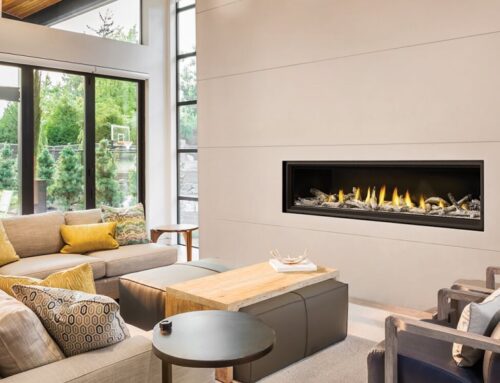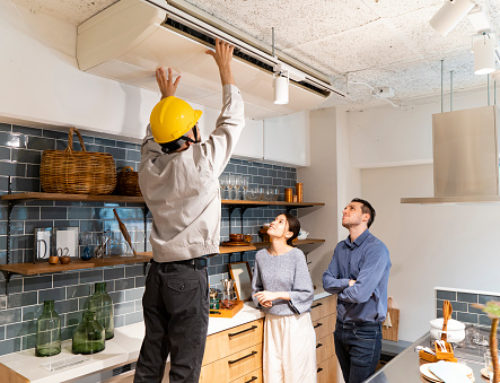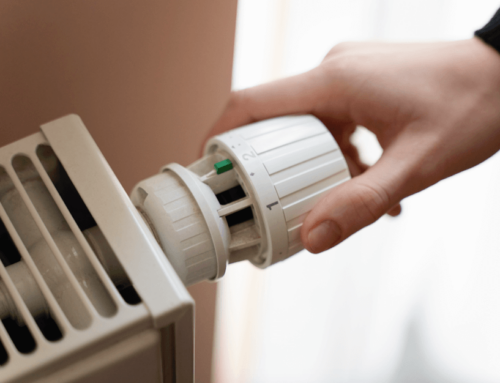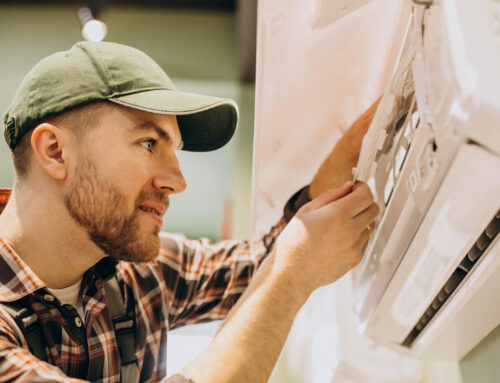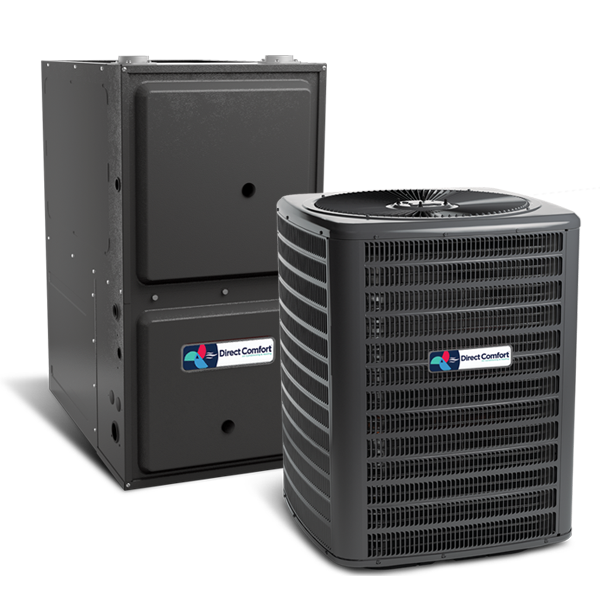 One of the best ways to stay warm this winter is to ensure that you have a properly functioning furnace. A furnace, part of an HVAC unit, is an appliance that heats cool air and distributes the resulting warm air throughout your home. If your furnace isn’t keeping you warm, you can try the following DIY steps before contacting a professional:
One of the best ways to stay warm this winter is to ensure that you have a properly functioning furnace. A furnace, part of an HVAC unit, is an appliance that heats cool air and distributes the resulting warm air throughout your home. If your furnace isn’t keeping you warm, you can try the following DIY steps before contacting a professional:
Check Your Furnace’s Error Code Light
Before resetting your furnace, check your control board or look through the sight glass for an error code light. Take note of the colour of the light, how many times it flashes and the length of time it flashes. The specific diagnosis for each error code should be in your furnace’s installation guide. If the diagnosis is an easy fix like “power off” or “faulty flame sensor,” you can probably troubleshoot on your own. However, if the diagnosis involves any repair or installation, it’s best to contact a professional technician.
Reset It
Resetting a furnace involves shutting down its power supply. To do this, turn off the breaker in the circuit box and flip off the furnace’s on/off switch. Wait 30 seconds, and then turn on the breaker and flip the furnace switch back on. This process will give your furnace a chance to reboot and helps eliminate basic systemic issues that cannot be cleared manually.
Change the Air Filter
The purpose of a furnace’s air filter is to refine the air going into and through the furnace. The filter ensures that the air, which is then heated and distributed throughout your home, is fresh and clean of air-born particles and dust.
A dirty air filter limits airflow into your furnace and won’t allow through enough heated air to keep your house sufficiently warm. Furthermore, furnaces can overheat if there isn’t enough air being circulated – leading them to shut down to prevent damage. It is important to change your furnace’s air filter every one to three months to avoid any inefficiencies with your airflow.
Clean the Flame Sensor
A flame sensor is a special safety feature in your furnace that detects a flame burning inside your heating system. It is a straight or right-angled metallic rod with a handle located in the burner assembly opposite the igniter. If your flame sensor is dirty, it will not detect a flame and will continue to start and stop until entering a “safety lockdown” to prevent gas leaks.
To keep this safety feature working as intended, your flame sensor should be cleaned at least once a month and replaced every two to three years. To clean the flame sensor, turn off your furnace and use a screwdriver to unscrew the bolt fastening the flame sensor. Once you have it unscrewed, use a dollar bill or non-abbrasive wipe to clean the build-up on the metallic rod. Wipe it until it shines. Once it’s clean, secure the sensor in its original place, and your furnace should be good to go. Note – this rod is fragile, so be careful. This is usually something best left to a professional.
Do You Need An Experienced Furnace Technician?
Knowing how to troubleshoot basic furnace problems is a great skill to have, whether you are thinking of purchasing a new furnace or learning how to service the one you already own. However, sometimes the problem will be too advanced, like issues with electrical wiring or a damaged heat exchanger. In these cases, you’ll need professional repair or installation services from an expert HVAC technician. At Canada HVAC, we sell quality furnaces and can put you in touch with trustworthy and experienced technicians.
Call us at 1-833-CAN-HVAC or fill out our contact form to speak with one of our HVAC experts.


